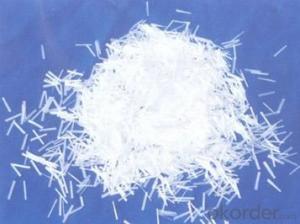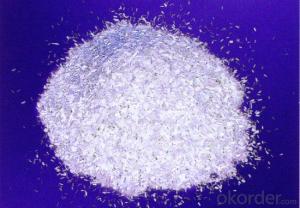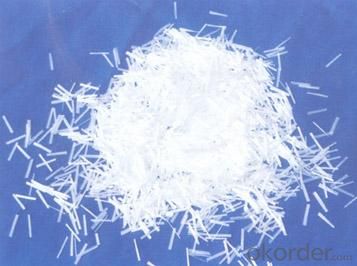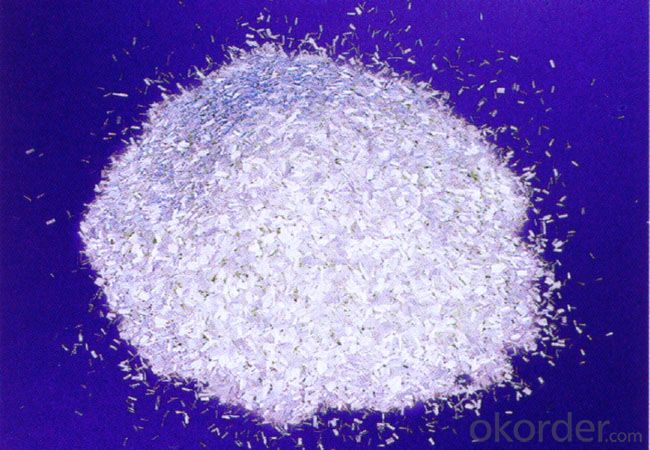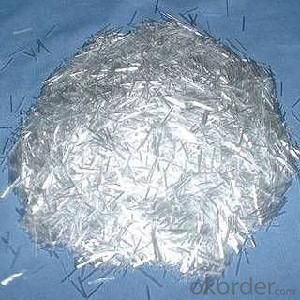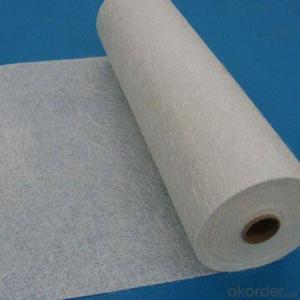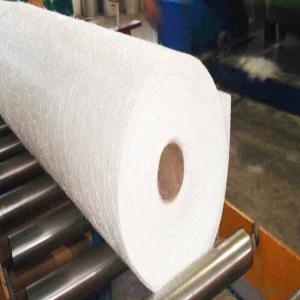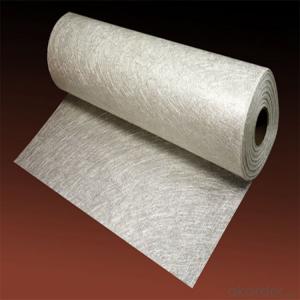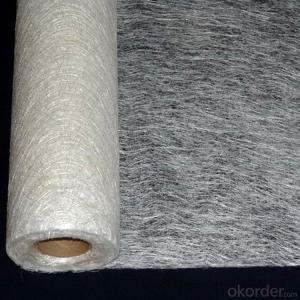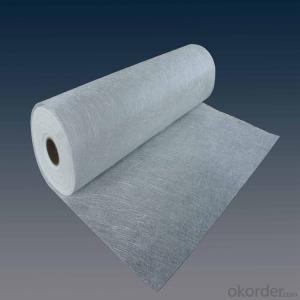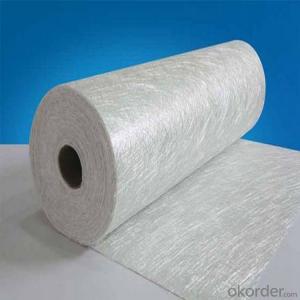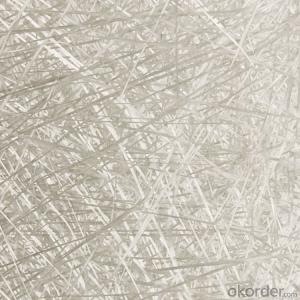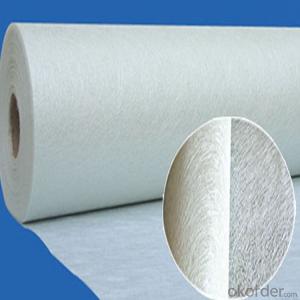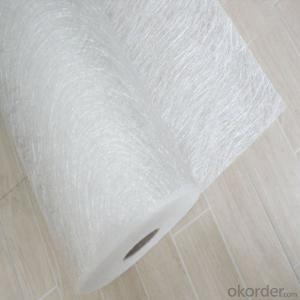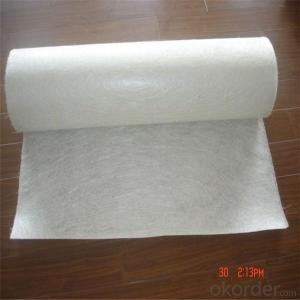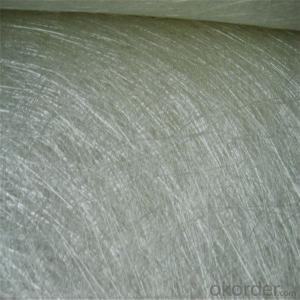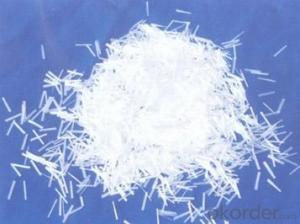8oz Chop Strand Fiberglass - Wet Fiber Glass Chopped Strands
- Loading Port:
- China Main Port
- Payment Terms:
- TT or LC
- Min Order Qty:
- 20000 kg
- Supply Capability:
- 200000Kg Per Month kg/month
OKorder Service Pledge
OKorder Financial Service
You Might Also Like
1.Brief Introduction
Wet Chopped Strands are compatible with unsaturated polyester, epoxy and phenolic resins and gypsum.
Wet Chopped Strands have moderate moisture content and deliver outstanding flowability, including dispersion in water and in gypsum.
2.Product Features:
Excellent dispersion in water
Good bonding with multiple resins
Outstanding tensile and tear properties in the final product
3.Product Specifications:
Property | Fibre diameter | Moisture Content | Size Content | Chop |
| (%) | (%) | (%) | (%) |
Mathods | IS01888 | ISO3344 | ISO1887 |
|
3mm | ±10 | ≤3.0 | 0.1±0.05 | 98 |
6mm | ||||
12mm | ||||
18mm |
Special specification can be produce according to customer requirements.
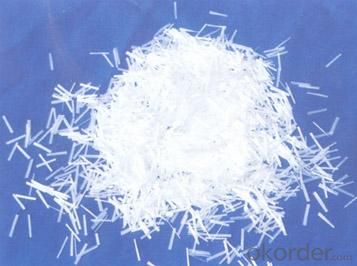
4.FAQ
a.Packaging:
Each bag can be taken (15-25kgs)。 Could also take a big container bag.
b.Storage:
Unless otherwise specified, It should be stored in a dry, cool and rain-proof area. It is recommended that the room temperature and humidity should be always maintained at 15℃~35℃ and 35%~65% respectively.
- Q: What are the main factors affecting the mechanical properties of fiberglass chopped strand?
- The mechanical properties of fiberglass chopped strand are influenced by various factors. These factors include the length of the fibers, the amount of fibers present, the alignment of the fibers, and the type of resin used. To begin with, the length of the fibers is a significant factor that affects the mechanical properties. Longer fibers generally result in higher tensile strength, stiffness, and impact resistance. This is because longer fibers are capable of bearing and distributing more load, thereby improving the overall mechanical performance. Additionally, the amount of fibers present in the composite, known as fiber content, plays a crucial role in determining the mechanical properties. Increasing the fiber content typically enhances the strength and stiffness of the material. However, there is a limit to the benefits of increasing fiber content, as further increments may not significantly improve the mechanical properties and could even pose processing challenges. Moreover, the alignment of the fibers, referred to as fiber orientation, greatly influences the mechanical properties. Fibers aligned along the direction of load-bearing provide higher strength in that specific direction. On the other hand, a random or isotropic distribution of fibers can result in more balanced mechanical properties in multiple directions. Lastly, the resin matrix used in fiberglass chopped strand also impacts the mechanical properties. The resin acts as a binder for the fibers, providing support and protection. Different types of resin systems possess varying mechanical properties, such as stiffness, toughness, and heat resistance. The compatibility between the resin and fibers is crucial for achieving optimal mechanical performance. To summarize, the mechanical properties of fiberglass chopped strand are influenced by factors like fiber length, fiber content, fiber orientation, and resin matrix. Understanding and controlling these factors are essential for the design and production of fiberglass composites with desired mechanical properties.
- Q: Is fiberglass chopped strand resistant to abrasion?
- In general, fiberglass chopped strand exhibits resistance to abrasion. Fiberglass is renowned for its robustness and sturdiness, granting it exceptional protection against abrasion-induced wear and tear. The interweaving and bonding of the chopped strands result in a formidable and resilient material capable of withstanding abrasive forces. Nevertheless, the precise degree of resistance may vary depending on the precise composition and manufacturing technique employed in the production of the fiberglass chopped strand. It is advisable to consult the product specifications or communicate with the manufacturer to obtain specific details regarding the abrasion resistance of a particular fiberglass chopped strand product.
- Q: How does the fiber volume fraction of fiberglass chopped strand-reinforced composites affect their properties?
- The properties of fiberglass chopped strand-reinforced composites are significantly influenced by the fiber volume fraction. The fiber volume fraction refers to the proportion of fibers in the composite material relative to its total volume. When the fiber volume fraction increases, several improvements can be observed in the composite material. One notable enhancement is in its mechanical strength. Fiberglass fibers are renowned for their high tensile strength, and as the volume fraction of fibers increases, the overall strength of the composite material also increases. This means that the composite can bear higher loads and stresses without experiencing failure. Furthermore, the stiffness of the composite material also increases with a rise in fiber volume fraction. Fiberglass fibers are rigid and possess a high modulus of elasticity, which contributes to the overall stiffness of the composite. This increased stiffness enhances the structural integrity of the composite and makes it more resistant to deformation under a load. Additionally, the fiber volume fraction has an impact on the thermal and electrical conductivity of the composite. Fiberglass fibers are known for their low thermal and electrical conductivity. Hence, as the fiber volume fraction increases, the composite becomes less conductive in terms of heat and electricity. This property is desirable in various applications where insulation or electrical resistance is required. Nevertheless, it is crucial to note that there exists an optimal fiber volume fraction that yields the best overall properties. If the fiber volume fraction is too low, the composite may lack sufficient reinforcement, resulting in reduced strength and stiffness. Conversely, if the fiber volume fraction is too high, the fibers may become congested, leading to an uneven distribution and potential voids or defects in the material, which can diminish the overall properties. In conclusion, the fiber volume fraction plays a vital role in determining the properties of fiberglass chopped strand-reinforced composites. Raising the fiber volume fraction enhances the mechanical strength, stiffness, and thermal/electrical insulation properties of the composite material. However, it is essential to find the optimal fiber volume fraction to achieve the desired properties without compromising the integrity of the material.
- Q: Can fiberglass chopped strand be used in the production of electrical enclosures?
- Yes, fiberglass chopped strand can be used in the production of electrical enclosures. It provides excellent electrical insulation properties, high strength, and resistance to corrosion, making it suitable for protecting and insulating electrical components in enclosures.
- Q: Is fiberglass chopped strand fire-resistant?
- Fiberglass chopped strand is indeed fire-resistant. It is derived from spun glass fibers, which possess a naturally high melting point and are not easily prone to catching fire. Furthermore, during the manufacturing process, fire retardant materials are often added to fiberglass to enhance its fire-resistant qualities. As a result, fiberglass chopped strand is widely favored for applications that prioritize fire safety, including insulation, construction materials, and automotive components. However, it is crucial to recognize that the fire resistance of fiberglass chopped strand may differ depending on the specific product and manufacturing technique employed. Therefore, it is always prudent to consult the manufacturer's specifications for precise information regarding its fire-resistant attributes.
- Q: What are the fire insulation properties of fiberglass chopped strand?
- Fiberglass chopped strand has excellent fire insulation properties due to its non-combustible nature. It can withstand high temperatures, resist flames, and prevent the spread of fire, making it an effective material for fireproofing applications.
- Q: How is the creep resistance of fiberglass chopped strand composites tested?
- The creep resistance of fiberglass chopped strand composites is typically tested using a variety of methods. One common approach is to subject the composite material to a constant load or stress over an extended period of time, typically at elevated temperatures. This is known as the creep test. During the creep test, the composite specimen is placed under a constant stress and its deformation under this stress is continuously measured over time. The test can be conducted using specialized equipment such as a creep testing machine that applies the desired load and monitors the deformation. The test is typically performed at elevated temperatures because creep is more pronounced at higher temperatures. This allows for the evaluation of the composite material's ability to resist deformation and maintain its structural integrity under long-term load conditions, which is especially important for applications where the material will be subjected to sustained stress over extended periods. The results of the creep test are usually presented as creep curves, which show the relationship between deformation and time under the applied stress. These curves provide valuable information about the creep behavior of the fiberglass chopped strand composite, including the rate of deformation, the time-dependent nature of creep, and the potential for failure. By testing the creep resistance of fiberglass chopped strand composites, manufacturers and researchers can assess the material's suitability for various applications, such as structural components in construction, automotive parts, and aerospace components. It helps ensure that the composite material can withstand long-term loading without excessive deformation or failure, providing confidence in its performance and durability.
- Q: How does the impact resistance of fiberglass chopped strand compare to other reinforcing materials?
- Fiberglass chopped strand is widely recognized for its superior impact resistance compared to other reinforcing materials. Its high strength-to-weight ratio enables it to endure significant impact forces without fracturing or distorting. In contrast, materials like steel or aluminum may exhibit satisfactory impact resistance, but their higher density and weight can restrict their effectiveness in certain applications. Furthermore, when juxtaposed with natural fibers such as jute or cotton, fiberglass chopped strand presents considerably greater impact resistance. Natural fibers tend to be less robust and possess lower tensile strength, rendering them more vulnerable to impact damage. In conclusion, fiberglass chopped strand offers a harmonious combination of strength, lightness, and impact resistance, rendering it a preferred option for numerous applications where durability and resilience are crucial considerations.
- Q: What are the common failure modes of fiberglass chopped strand composites?
- Fiberglass chopped strand composites exhibit several failure modes that are commonly observed. Delamination is a prominent failure mode, characterized by the separation or detachment of the composite layers from each other. This can be attributed to inadequate bonding during manufacturing or excessive external forces applied. Another failure mode is fiber breakage, which occurs when individual glass fibers fracture under stress. This can happen if the fibers are not aligned correctly or if they have defects or weak spots. The strength and load-bearing capacity of the composite are significantly compromised by fiber breakage. Matrix cracking is another failure mode that manifests as small cracks or fractures in the resin matrix holding the fibers together. Excessive stress, temperature fluctuations, or improper resin distribution during manufacturing can cause matrix cracking. These cracks undermine the integrity of the composite, leading to further damage. Fiber pullout is a common failure mode where the fibers partially or completely detach from the resin matrix. Weak bonding or excessive external forces can trigger fiber pullout, resulting in reduced stiffness and load-bearing capacity. Lastly, environmental degradation affects fiberglass chopped strand composites over time. Exposure to harsh conditions like UV radiation, moisture, and extreme temperatures causes the resin matrix to degrade and weaken. Chemical exposure also contributes to the degradation and loss of mechanical properties in the composite. Understanding these common failure modes is essential for designing and manufacturing fiberglass chopped strand composites that deliver optimal performance and durability.
- Q: Can fiberglass chopped strand be used in the production of building facades?
- Yes, fiberglass chopped strand can be used in the production of building facades. It is a versatile material that offers excellent strength, durability, and resistance to various environmental factors. It can be used in composite panels or as reinforcement in cementitious or resin-based systems for building facades.
Send your message to us
8oz Chop Strand Fiberglass - Wet Fiber Glass Chopped Strands
- Loading Port:
- China Main Port
- Payment Terms:
- TT or LC
- Min Order Qty:
- 20000 kg
- Supply Capability:
- 200000Kg Per Month kg/month
OKorder Service Pledge
OKorder Financial Service
Similar products
Hot products
Hot Searches
Related keywords
